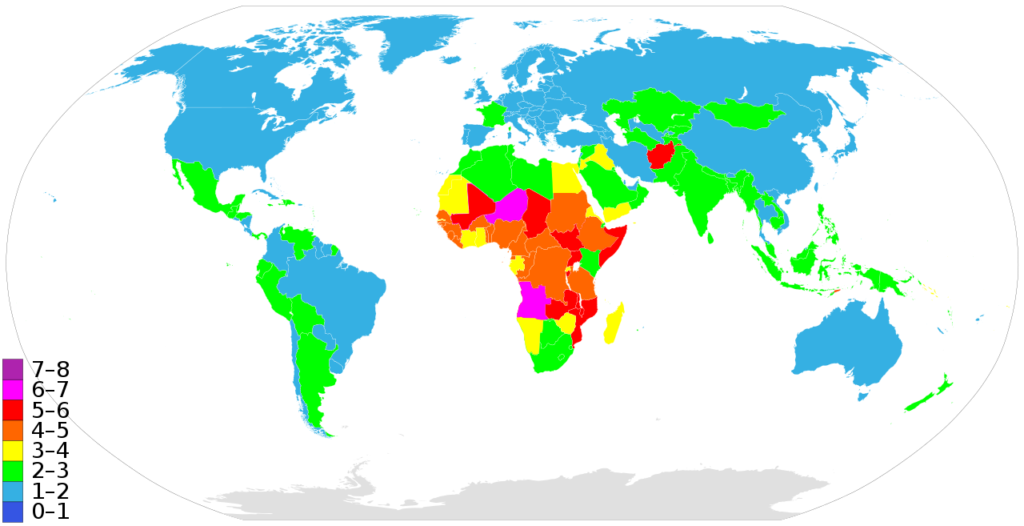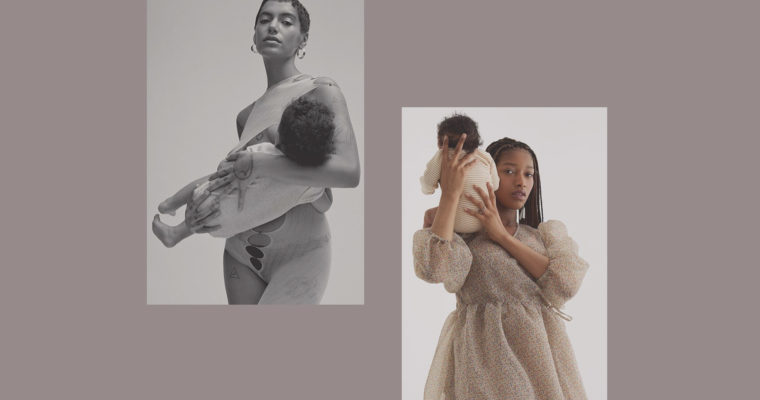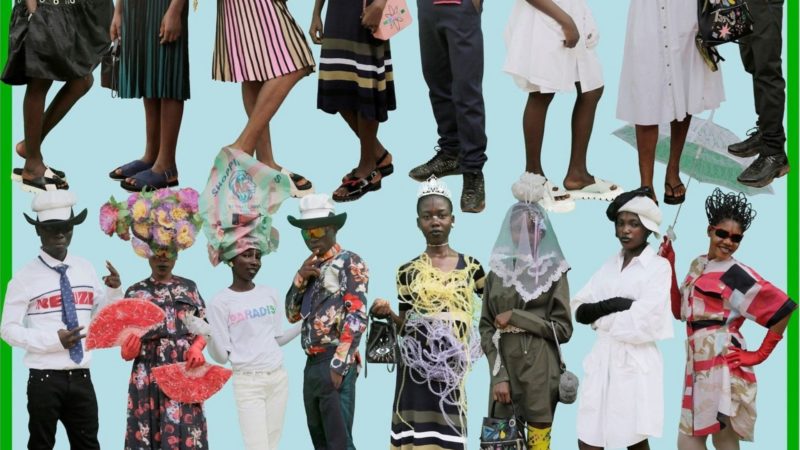Those past few years, we have seen that it is quite common to bring unexpected twists on the catwalk. It can be things from our daily life or more unrealistic things. Last year, Gauntlett Cheng brought dogs on the catwalk while Gucci was playing with fantastic creatures.
But above the simple trend of bringing pets & Cie on the catwalk, we all have noticed that fashion is lately promoting kids and couples. The latter could refer to love but if you put it with kids you have the formula of family. I found it more interesting to come up to a macro-analysis. I feel like more than love and kids, fashion is deeply trying to re-integrate the idea of family into the industry. I used the verb “re-integrate” because fashion was – in prior centuries – using this notion of family but in another way, more representative of familial structure of this epoch.
The 1900’s is our starting point. Careful, I’m not saying that this is when children’s wear has been invented. It has been relevant way before this age. I chose this timeline because it is one century before our age. Through the various editorials from this century, you can see many products meant for children. When you look at it closely – because it is always a way to see a pattern – you will see that those editorials are only put in place with children and their mothers. It it very rare to see men’s wear in the same page. So how could we explain that? Well I would say that those editorials, just like the social norms at this time, were putting men’s activities apart. Thus, when it comes to children dressing, this activity is clearly socially assigned to women.

However today we are far from this representation of family in the fashion industry. Men totally have their place in the family representation. When I think about modern family representation in fashion I always have two names in mind: Marz Lovejoy & Simon Rasmussen. Those two have been at the center of attention lately, mainly due to the Renell Medrano exhibition during NYFW. Above this one-off thing, their influence goes way beyond their close relationship with the most in vogue photographer of the moment. Indeed, not only a stylist, Simon is the Office Magazine editor-in-chief and creative director. I really like the magazine aesthetic and the numerous nice collaborations they’ve done.Then Marz Loveboy is a multi-task artists, that has been mainly known for her music. Both, together, as a family – are really taking part in the current New-York fashion industry. On social media, you can easily be informed on their daily life as a family with their little kid – who is quite exposed. I don’t know if it’s a smart thing to expose your child so much, but I think that it is another debate.

Overall, my point is to show you that modern families are more and more represented in the fashion industry. But why? Why family and kids have been so integrate into fashion lately? I rather let you know that this last part is totally based on my research and on facts that correlate. As in many article in my blog, I try to connect various social elements between them to explain social phenomenon. Here again, this explanation is based on facts that I put together to highlight the reasons or causes. Now that this point is clear, let me explain my theory.
I think that this will to integrate family and kids into the fashion industry is closely linked to demographic data. Have you looked to the international birth rate lately? I know, this is not a thing that we are usually looking at. However, in this case it is highly interesting. Our western countries are facing a very low birth rate compared to African countries according a survey done in 2017. For instance, the top birth rate countries are Niger and Angola. Other regions such as Europe and North America are experimenting very low birth rates as indicated on the map below

So, now that we have knowledge of this data, how could we use it? Well, I would say that regarding this lack of birth and the fact that the concept of family is deeply challenging, fashion can be apart of this evolution as well. Against mainly the low birth rates, fashion is trying to re-integrate the concept of ‘all-kind’ of family in people’s mind. Fashion can be lived by everyone in the family, from the baby to the father. It is hard – here again – to be sure of where the exact influence comes from. Is fashion responding to people’s aspirations or is fashion trying to re-integrate the concept of family and kids in people’s minds? Even if today I can’t be certain on this point, I’m pretty sure that the correlation exists.






